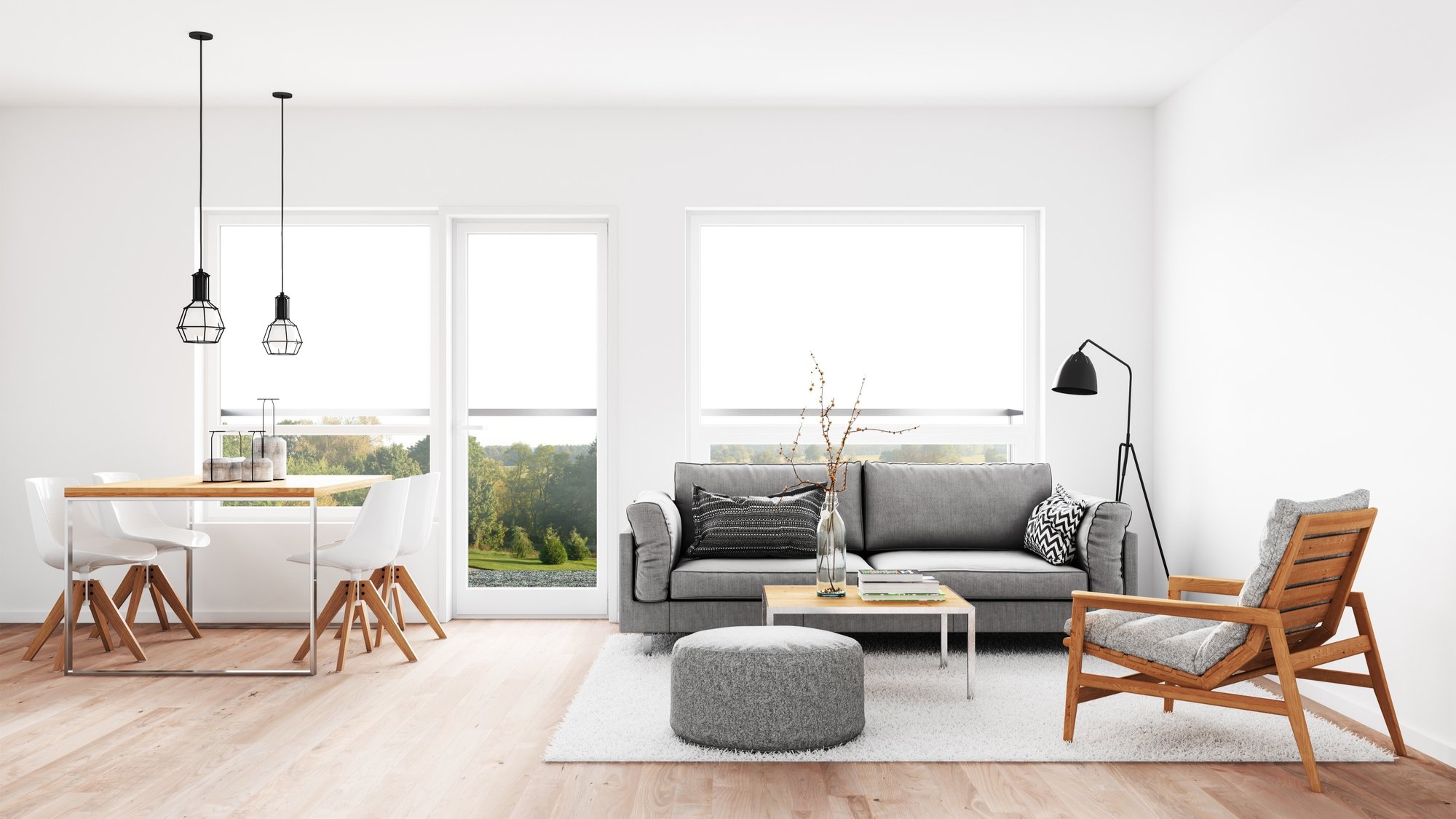Designing a minimalist home involves more than just decluttering and simplifying aesthetics—it’s about creating a living space that maximizes functionality, promotes tranquility, and fosters a sense of harmony. A well-thought-out floor plan is essential in achieving these goals. In this article, we’ll explore the key elements of the best floor plan for a minimalist home, focusing on efficient use of space, natural light, and seamless integration of essential amenities.

Spatial Efficiency: Making Every Inch Count
Open Concept Layout
Embrace the concept of open space by opting for a floor plan that eliminates unnecessary walls and barriers, promoting a sense of airiness and flow throughout the home. Incorporate an open kitchen, dining, and living area to create a central hub for daily activities while minimizing visual clutter and maximizing flexibility in furniture arrangement.
Multipurpose Rooms
Maximize the functionality of each room by incorporating multipurpose spaces that serve multiple functions without sacrificing aesthetics or comfort. Consider a home office that doubles as a guest bedroom with a space-saving murphy bed or a cozy reading nook that transitions into a yoga or meditation space with foldable furniture and storage solutions.
Harnessing Natural Light: Brightening Up the Space
Strategic Placement of Windows
Take advantage of natural light by strategically positioning windows to maximize daylight penetration and minimize the need for artificial lighting during the day. Opt for large, floor-to-ceiling windows in living areas and bedrooms to flood the space with natural sunlight while providing unobstructed views of the surrounding landscape.
Skylights and Clerestory Windows
Incorporate skylights and clerestory windows to introduce additional natural light into interior spaces, particularly in areas with limited access to traditional windows. These overhead openings not only brighten up the space but also create visual interest and a sense of openness by drawing the eye upward and accentuating ceiling height.
Seamless Integration of Essential Amenities: Simplifying Daily Life
Compact Kitchen Design
Streamline meal preparation and cooking with a compact kitchen design that emphasizes functionality and efficiency without sacrificing style. Opt for sleek, minimalist cabinetry and integrated appliances to maximize counter space and storage while maintaining a clean and uncluttered aesthetic. Consider a central island or breakfast bar for additional workspace and casual dining options.
Spa-Inspired Bathroom
Create a tranquil retreat in the bathroom with a spa-inspired design that promotes relaxation and rejuvenation. Incorporate natural materials such as stone, wood, and bamboo to evoke a sense of serenity and connection to nature. Install a luxurious soaking tub or walk-in shower with sleek fixtures and minimalist detailing for a modern and sophisticated ambiance.
Embracing Minimalist Aesthetics: Less is More
Neutral Color Palette
Opt for a neutral color palette consisting of soft whites, muted grays, and earthy tones to create a serene and cohesive backdrop for minimalist living. Use pops of color sparingly to add visual interest and personality to the space without overwhelming the senses. Incorporate natural textures and materials such as wood, concrete, and linen to add warmth and depth to the interior.
Clean Lines and Simple Forms
Embrace clean lines and simple forms in furniture and decor to maintain a sense of clarity and order in the home. Choose furnishings with sleek profiles and minimal ornamentation to complement the minimalist aesthetic and enhance visual cohesion. Select statement pieces that serve both functional and aesthetic purposes, such as a sculptural pendant light or a minimalist dining table.
Conclusion
Crafting the perfect floor plan for a minimalist home involves careful consideration of spatial efficiency, natural light, essential amenities, and minimalist aesthetics. By prioritizing open-concept layouts, harnessing natural light, seamlessly integrating essential amenities, and embracing minimalist design principles, you can create a living space that embodies simplicity, functionality, and tranquility. Whether you’re downsizing to a smaller home or embracing a minimalist lifestyle, investing in a well-designed floor plan is key to creating a harmonious and inspiring environment that nurtures both body and soul.